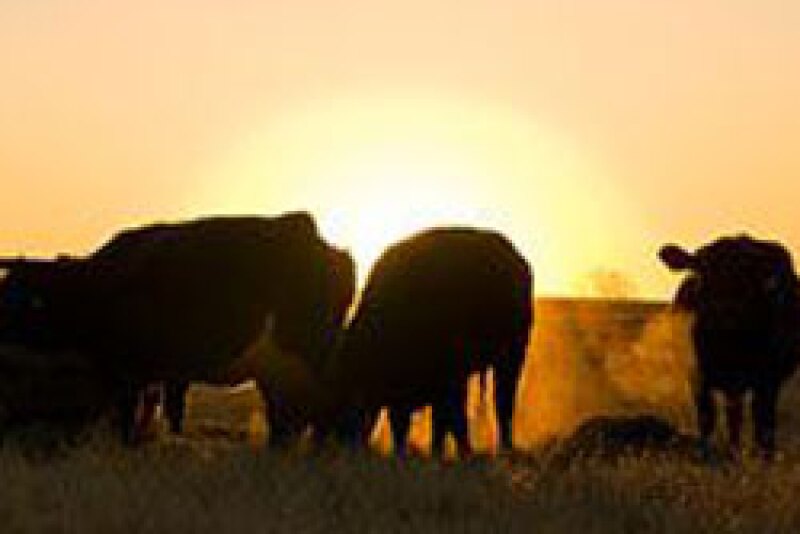Check our advice monitor on ProFarmer.com for updates to our marketing plan.
Private exporters reported sales of 185,000 metric tons of soybean cake and meal for delivery to the Philippines during the 2025/2026 marketing year.
The U.S. ag trade deficit hit a record high in the first half of this year. Bloomberg said the value of agricultural exports trailed that of imports by $4.1 billion in June, a gap 14 percent wider than a year earlier. USDA data says that pushed the ag sector’s deficit to a staggering $28.6 billion for the first six months of this year. AgWeb says the trade deficit is one of the main reasons President Trump gave for imposing tariffs and working on new trade deals.
Congress is back in session and has just four weeks to fund the government or face an end-of-September shutdown. Senate Majority Leader John Thune noted quote, “We very much want to see restraint in spending so that we can start dealing with the debt and deficits. And I think at least right now, the best way to do that is to have a normal appropriations process.”
Chinese President Xi Jinping showcased his nation’s military firepower at a parade alongside his allies, including Russian President Vladimir Putin and North Korea’s leader, Kim Jong Un. Meanwhile, President Trump sent a pointed message on the Truth Social platform, accusing the three leaders of working against the U.S. posting quote “Please give my warmest regards to Vladimir Putin and Kim Jong Un, as you conspire against the United States of America,” Trump said in his post.
In a recent visit to Nebraska, USDA’s Deputy Secretary Stephen Vaden acknowledged high inputs costs saying, “until a few months ago, I was actively farming myself. You don’t have to tell me about the fact that, even if you look at the Consumer Price Index, it claims that over the past five years, prices have gone up 20 percent, which itself is horrendous. But if you look at what ag input costs, it’s closer to doubling.”
Vaden also said it’s time to look at cornfields differently than we have in the past remarking quote, “People pass by the cornfields on I-80, and they’re probably thinking about food, but what they ought to be thinking is fuel. We are hopeful that Congress will act on that [E15] as soon as possible.”
The U.S. Department of Agriculture (USDA) is investing more than $8 million for five new projects to reduce wildfire risk, protect water quality, and improve forest health across the nation. This expands President Trump’s mission to improve the lives of American families, support rural communities, and expand domestic timber production.
Today’s announcement builds on Secretary of Agriculture Brooke L. Rollins’ commitment to wildfire preparedness and President Donald J. Trump’s vision to safeguard American families. USDA and its agencies are working together to take action to protect people, communities, and the natural resources on which this country depends.
The five new projects are:
- Alabama – National Forest in Alabama “Alabama Chattahoochee Fall Line Restoring Longleaf”
- Colorado and Wyoming – Medicine Bow-Routt National Forest “Headwaters of the Colorado”
- Montana – Lolo National Forest “Blackfoot River Valley Landscape Mosaic”
- North Carolina – National Forests in North Carolina “Uwharries to Sandhills, Phase 2”
- Oregon – Mt. Hood National Forest “Hood River Wildfire and Watershed Resilience”
“Wildfires have no boundaries, and neither should our prevention work,” said Forest Service Chief Tom Schultz. -source: USDA Press Release
The number of replacement heifers available to enter the dairy herd as milk-producing cows has already fallen to a 20-year low. Based on new CoBank research, replacements could fall even further over the next two years before a recovery begins in 2027. These declining heifer inventories could limit growth in the milk supply, a looming concern for dairy processors with expansion plans underway.
Notable closes:
Editor’s note: Several analysts have indicated their belief lean hog futures have been drafting behind the upward momentum in cattle. Today’s price action might suggest the two are indeed linked to a degree.
Boxed beef prices were solidly higher this morning on movement of 71 loads, but that wasn’t enough to prevent a round of profit-taking.
- October live cattle were $1.20 lower at $238.32 ½
- December live cattle down 90 cents to $240.25
- October feeders down $2.20 to $361.50
Lean hogs saw a round of profit-taking, but the trend remains higher.
- October hogs down $1.72 ½ to $93.82 ½

